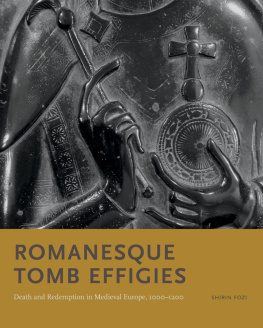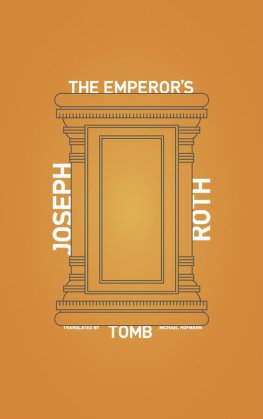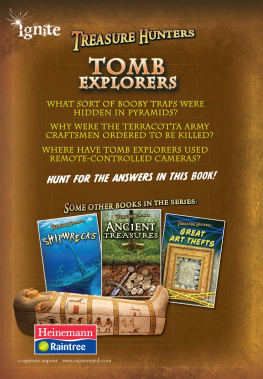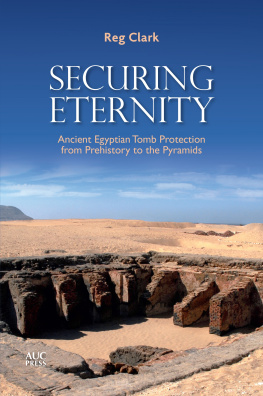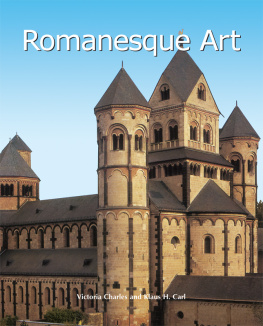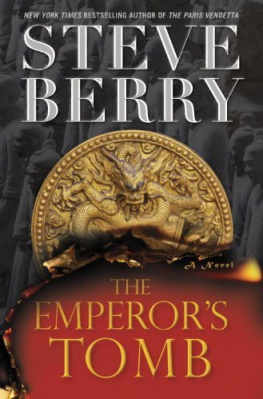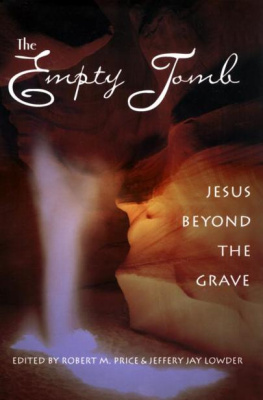Romanesque Tomb Effigies

Publication of this book has been aided by a grant from the Millard Meiss Publication Fund of CAA.

Frontispiece: Royal effigies of Eleanor of Aquitaine and Henry II of England, Royal Abbey of Our Lady of Fontevrault ().
Library of Congress Cataloging-in-Publication Data
Names: Fozi, Shirin, author.
Title: Romanesque tomb effigies : death and redemption in medieval Europe, 10001200 / Shirin Fozi.
Description: University Park, Pennsylvania : The Pennsylvania State University Press, [2021] | Includes bibliographical references and index.
Summary: Studies Romanesque effigies as a distinctive form of medieval sculpture, emphasizing the early twelfth century as a time of rapid change in the art, culture, and politics of northern EuropeProvided by publisher.
Identifiers: LCCN 2020054796 | ISBN 9780271087191 (cloth)
Subjects: LCSH: EffigiesEuropeHistoryTo 1500. | Sculpture, RomanesqueEurope.
Classification: LCC NB1820 .F69 2021 | DDC 733/.5094dc23
LC record available at https://lccn.loc.gov/2020054796
Copyright 2021 Shirin Fozi
All rights reserved
Printed in Canada
Published by The Pennsylvania State University Press,
University Park, PA 168021003
The Pennsylvania State University Press is a member of the Association of University Presses.
It is the policy of The Pennsylvania State University Press to use acid-free paper. Publications on uncoated stock satisfy the minimum requirements of American National Standard for Information SciencesPermanence of Paper for Printed Library Material, ANSI Z39.481992.
For my daughters, Taraneh Marion Jones and Marzieh Elizabeth Jones, who will one day grow to know their history and all that it entails.
Contents
COLOR PLATES (AFTER PAGE 96)
Imperial sword (Reichsschwert), Weltliche Schatzkammer, Vienna
Reliquary bust (so-called Barbarossakopf), Collegiate Church of St. John the Evangelist, Cappenberg
Enamel epitaph of Geoffrey of Anjou, Muse Jean-Claude BoulardCarr Plantagent, Le Mans
Royal effigies, St-Denis, Paris
Effigy of Fredegund from St-Germain-des-Prs, now St-Denis, Paris
Childebert and Fredegund, in Jean du Tillet, Recueil des rois de France, Paris, BnF, fr. 2848, fol. 24r
Nellenburg effigies, Allerheiligen Monastery, Schaffhausen
Effigy of Gottschalk of Diepholz, St. Clemens, Bad Iburg
Effigy of Widukind of Saxony, St. Dionysus, Enger
Effigy of Abbess Beatrix, St. Servatius, Quedlinburg
Effigy of Abbess Adelheid I, St. Servatius, Quedlinburg
Effigy of Abbess Adelheid II, St. Servatius, Quedlinburg
Effigy of Bishop Roger, Salisbury Cathedral
Funerary slab of Bishop Alexander, Lincoln Cathedral
Funerary slab of Bishop Nigel, Ely Cathedral
Royal effigies of Eleanor of Aquitaine and Henry II of England, Royal Abbey of Our Lady of Fontevrault
FIGURES
Had we but world enough and time, I would still be writing this book: following its threads into the vaults of more libraries and the crypts of more cathedrals; debating the meanings of its major monuments; uncovering overlooked examples that could add fresh layers to the story. Still there are some consolations in sending it off at last, and chief among these is the opportunity to thank some of the many people who have helped shepherd the project along over the years. This roster must begin with Jeffrey Hamburger, whose critical readings transformed the projects first drafts, and Jacqueline Jung, whose incisive interventions brought its final iteration into focus. I am also profoundly grateful to Frank Fehrenbach, Robert Suckale, and Irene Winter, who encouraged the formative ideas in this book when they were just the beginnings of a dissertation.
The bulk of the book was written over the course of an Andrew W. Mellon postdoctoral fellowship at Northwestern University and completed during my first years on the faculty of the University of Pittsburgh. Research was completed with the help of a dissertation prize from the Europisches Romanik Zentrum of the Martin-Luther-Universitt Halle-Wittenberg, a Faculty Research Grant from Northwestern, and a European Studies Center Grant from Pittsburgh; production costs were generously subsidized by an Edwards Endowed Publication Fund Grant from Pittsburgh and a Millard Meiss Publication Fund Grant from the College Art Association. I am thankful to have had not only funding from these institutions but also the assistance of individual staff membersespecially Linda Hicks, Veronica Gazdik, and Karoline Swiontek at Pittsburgh, who have helped constantly with all tasks great and small. There is a very real chance that I might still be writing this book had Eleanor Goodman and Maddie Caso at Penn State University Press not gently convinced me to let it go; their tact and insight into this process has been profoundly helpful. I am indebted to Annika Fishers sharp eyes for vastly improving the final draft. I am also deeply conscious of how much I have relied upon the generosity of the archivists and curators who literally opened doors for me across Europe; special thanks are owed to Heike Jarecki and Bettina Stoll-Tucker for access to the picture archive of the Denkmalpflege in Halle, where I spent happy days luxuriating among historical photographs of the great monuments of Saxony-Anhalt. Even when I was a student, countless others welcomed me into their offices, retrieved keys that unlocked obscure chapels, and kept the lights on in museum galleries for precious minutes after closing time; there is not enough space here to thank them all, but it is no exaggeration to say the book could not have been completed without their many kindnesses.
It is likewise impossible to list here the many medievalists and other colleagues whose friendship and guidance have warmed my spirit on the coldest days. Barbara Newman somehow always found time to encourage and prod this project along; I am also lucky to have had much good counsel from Jess Escobar and Richard Kieckhefer during three years in Evanston. My Pittsburgh colleagues, including Josh Ellenbogen, Jennifer Josten, Barbara McCloskey, Christopher Nygren, and Kirk Savage, have been unfailingly generous with their time; I owe special gratitude to Bruce Venarde and Jacqueline Lombard, respectively, for their help with Latin translations and last-minute citations. Beyond this campus, Adam Cohen, William Diebold, Sonja Drimmer, Luke Fidler, Eliza Garrison, Heidi Gearhart, Sarah Gurin, Lynley Herbert, Joan Holladay, Danielle Joyner, Aden Kumler, Lawrence Nees, Pamela Patton, and Conrad Rudolph offered keen insights and asked big questions at critical junctures; further, the model of their own work has shaped my thinking in more ways than they know. Beatrice Kitzinger, Gerhard Lutz, and Christina Normore have been frequent interlocutors and thoughtful collaborators for many years now; it was amid our long discussions that this book truly took shape. Finally, its completion would have been impossible without the kind support of family, especially my dear parents, Aziz and Afsaneh Asgharzadeh-Fozi, and our much-loved cousins in Bonn, Munich, and Ulm. My husband, partner, and best friend, Thomas Helm Jones IV, has been infinitely patient ever since we were teenagers dreaming of a sea-journey on the highway across Americaand even if the reality is decidedly less glamorous than that distant dream, I would not trade it for the world.

